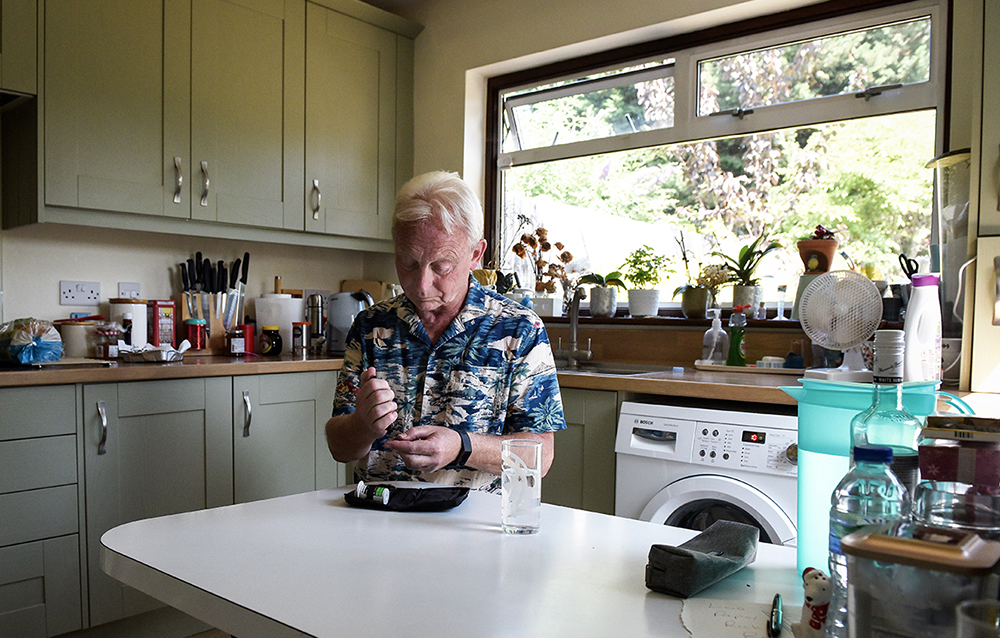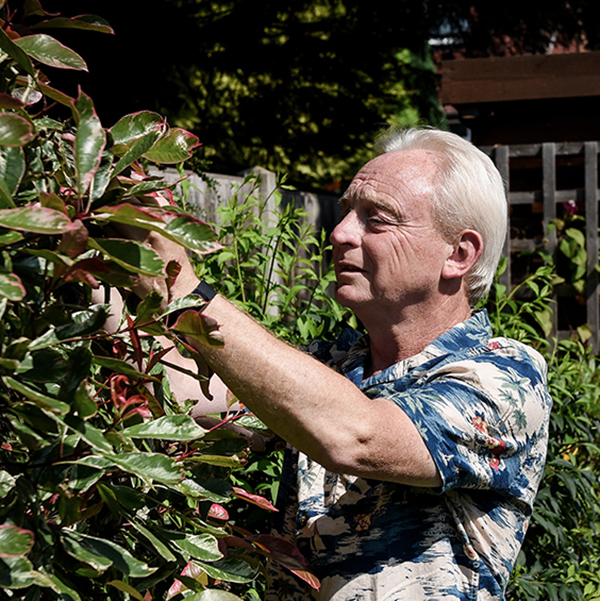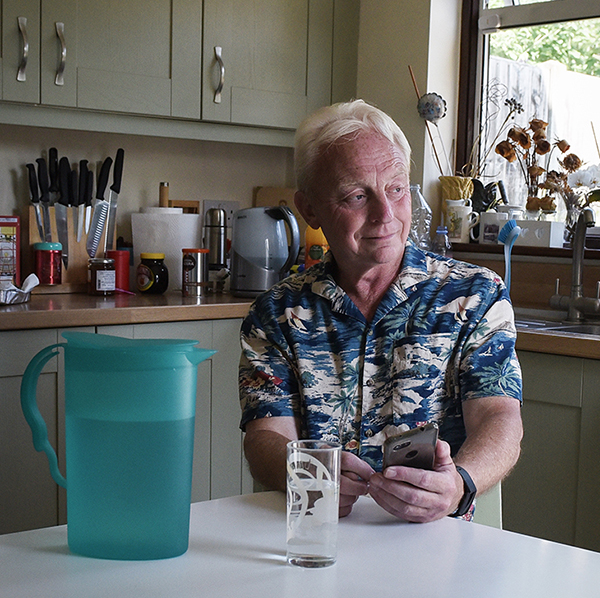Charlie Churchill, UK
Growing up in the swinging sixties was a lot of fun – the Beatles, the Rolling Stones, fashion, and England winning the Football World Cup in 1966. However, I also vividly remember my father grappling with huge syringe needles and relentlessly agonising over his blood glucose readings every day after meals. He had what people in those days referred to as ‘sugar diabetes’.
Diabetes couldn’t happen to me, could it? Eventually, it did. After persistent prompting from my mother, I eventually got myself tested for diabetes. I had none of the most common symptoms – no sudden weight loss or excessive thirst, unexplained tiredness or frequent trips to the toilet. I felt totally fine.
However, in 1989 I was diagnosed with diabetes at the age of 34. It was one of those life-changing moments that you never forget. Since then, diabetes knowledge, education and self-management has evolved progressively at increasing speed. My initial treatment consisted of tablets with occasional blood glucose tests. There were no digital blood glucose meters, just test strips with different coloured results. Fifteen years later, I was prescribed multiple daily injections of insulin to manage my blood glucose better. This, and everything that came with it, was a very big psychological change in my life. Learning to live constantly carrying around a pouch with insulin pens, needles and a blood glucose meter became socially awkward. The routine of carbohydrate counting for every meal was a real but necessary intrusion that took a while to master. However, as time went on I became accustomed to this new way of living.



